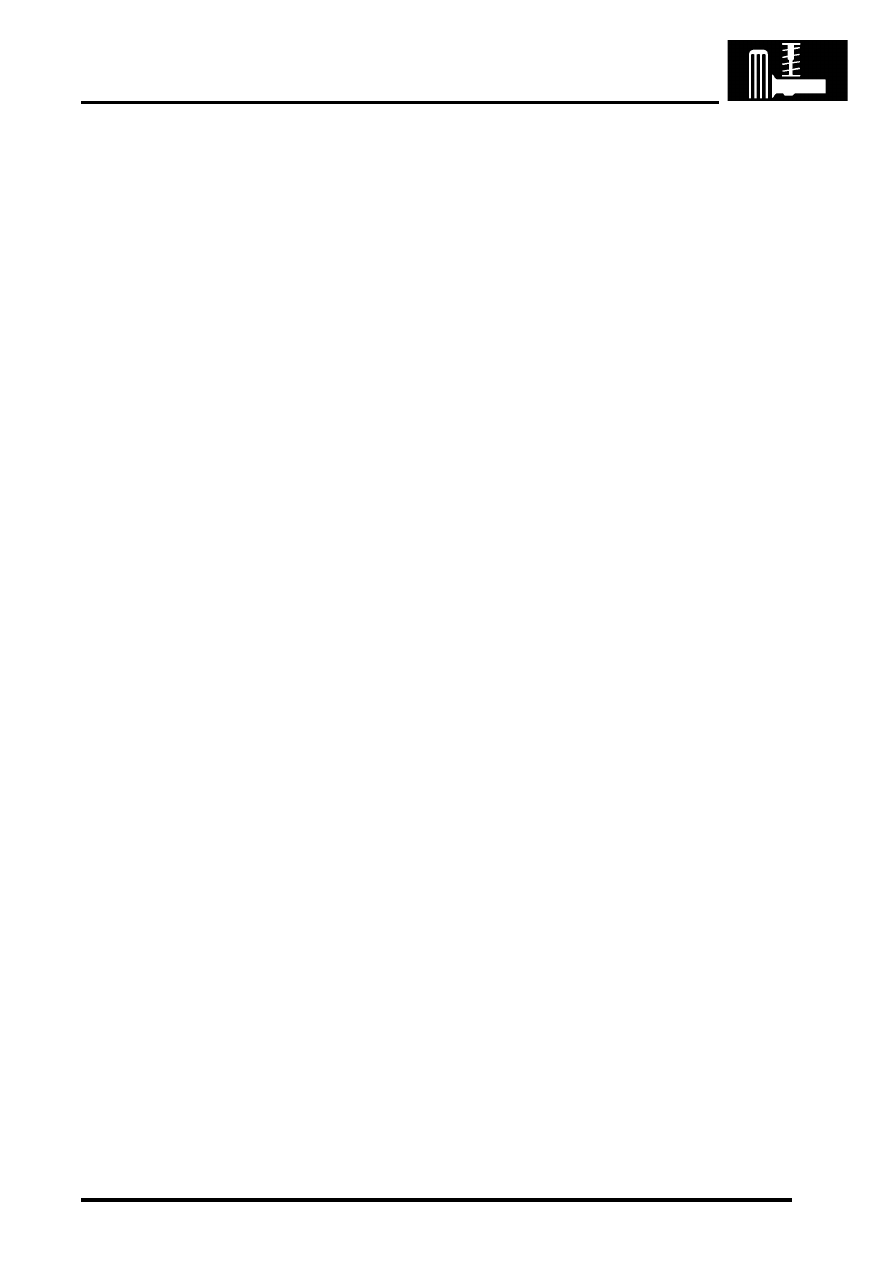Discovery 2. Manual - part 180

FRONT SUSPENSION
DESCRIPTION AND OPERATION
60-3
1 Damper 2 off
2 Bolt 2 off
3 Turret 2 off
4 Nut 8 off
5 Nut
6 Bolt 4 off
7 Nut
8 Washer
9 Anti-roll bar link RH
10 Torsion/Anti-roll bar assembly
11 Anti-roll bar link LH
12 Washer
13 Nut
14 Nut
15 Mounting rubber 2 off
16 Clamp plate 2 off
17 Bolt 2 off
18 Lower spring seat LH
19 Front axle
20 Nut
21 Bush
22 Panhard rod
23 Bolt
24 Radius arm LH
25 Bolt
26 Bush
27 Nut
28 Nut
29 Bush
30 Bolt
31 Radius arm RH
32 Bolt
33 Bush
34 Nut
35 Lower spring seat RH
36 Coil spring 2 off
37 Upper spring seat 2 off